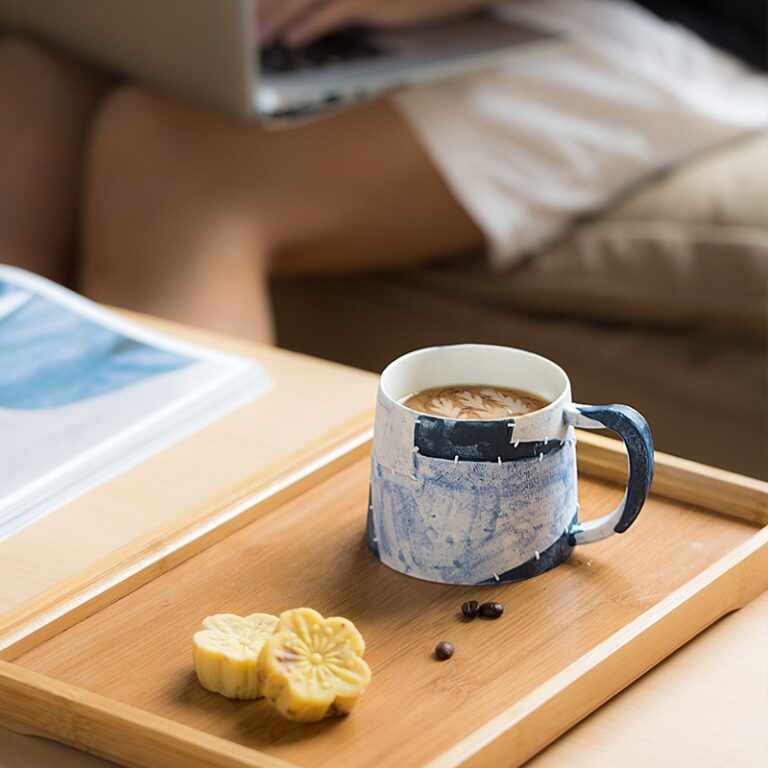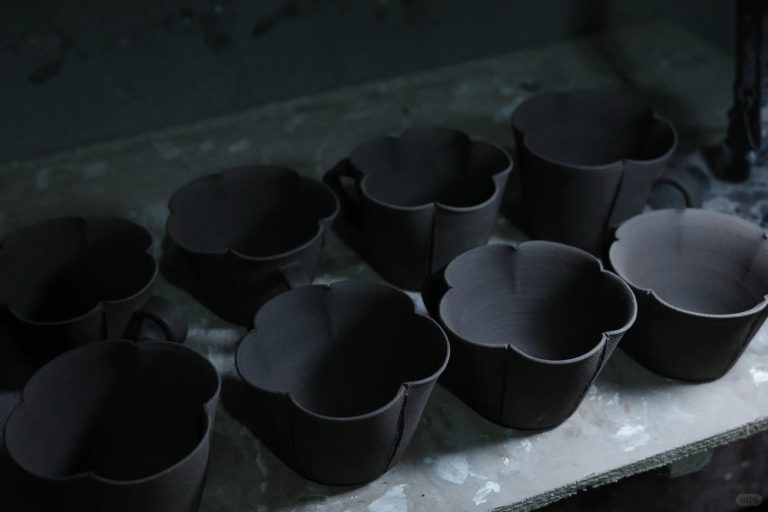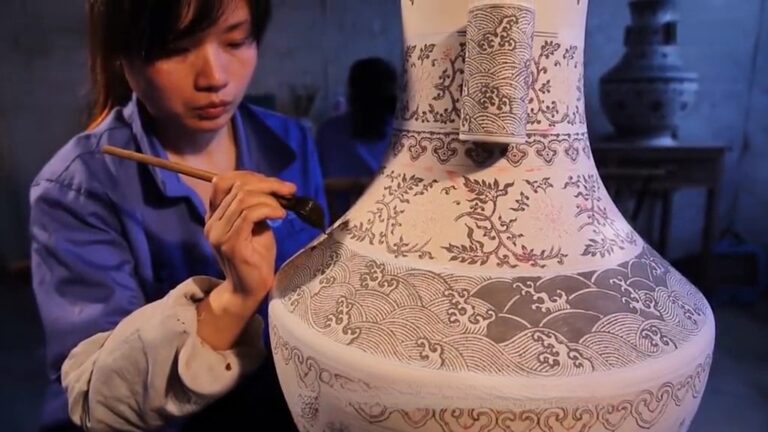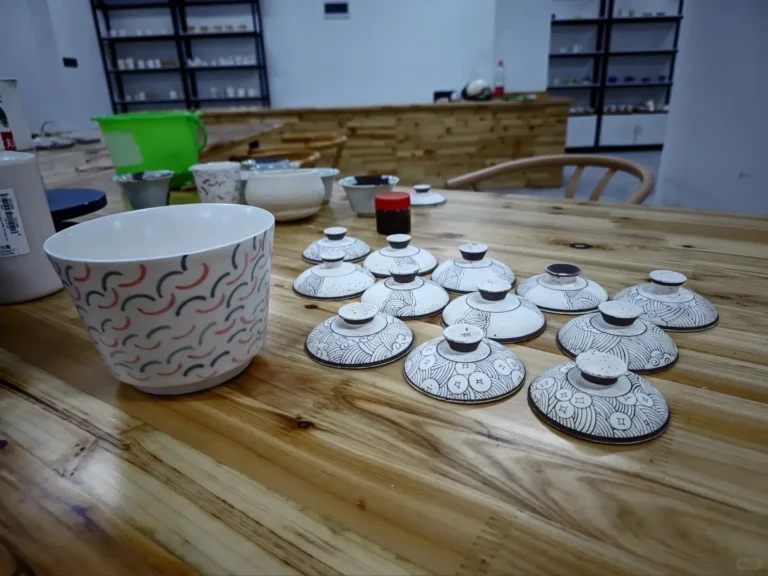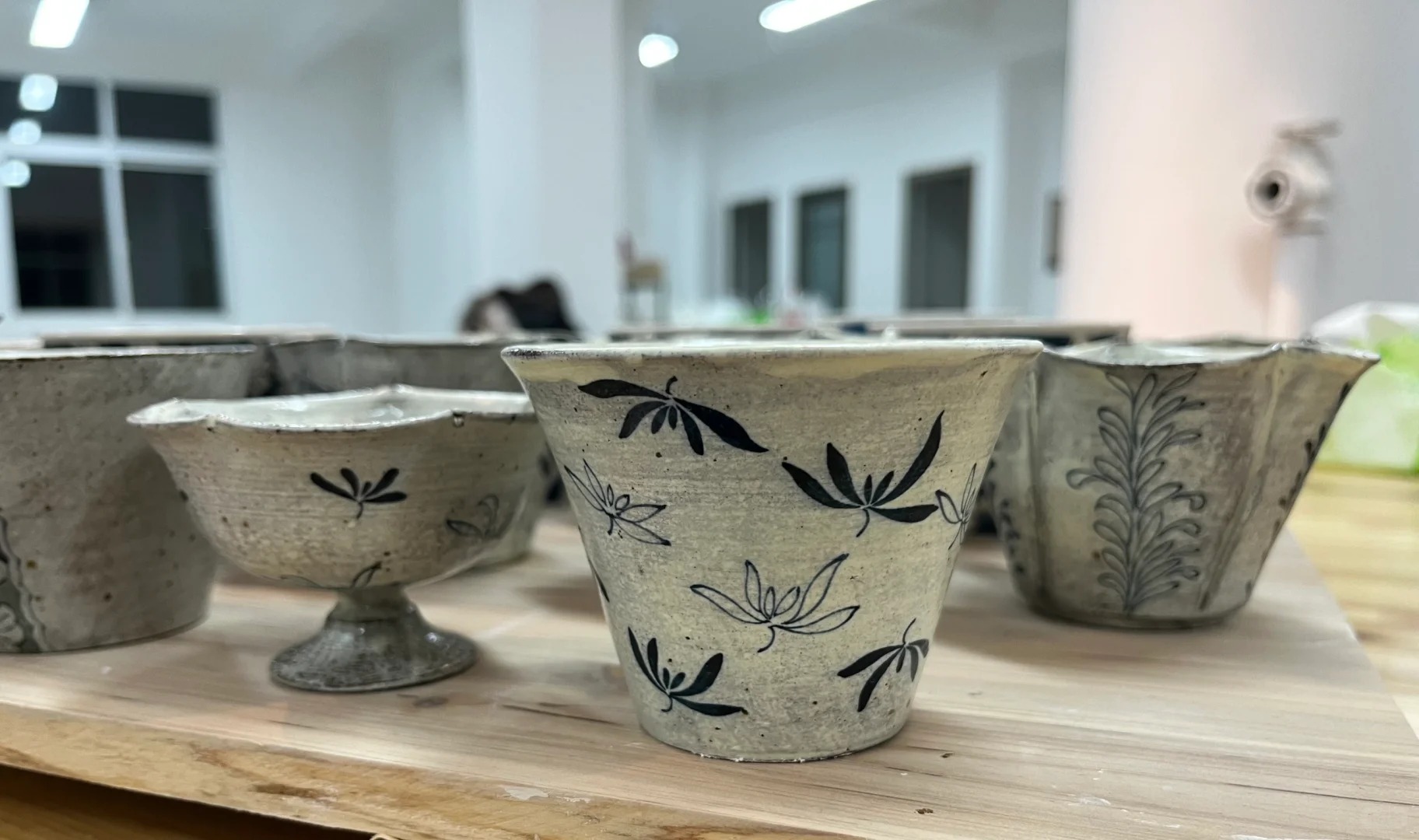Ultimate Guide to Handmade Ceramic Mugs: Benefits, Types, and Buying Tips
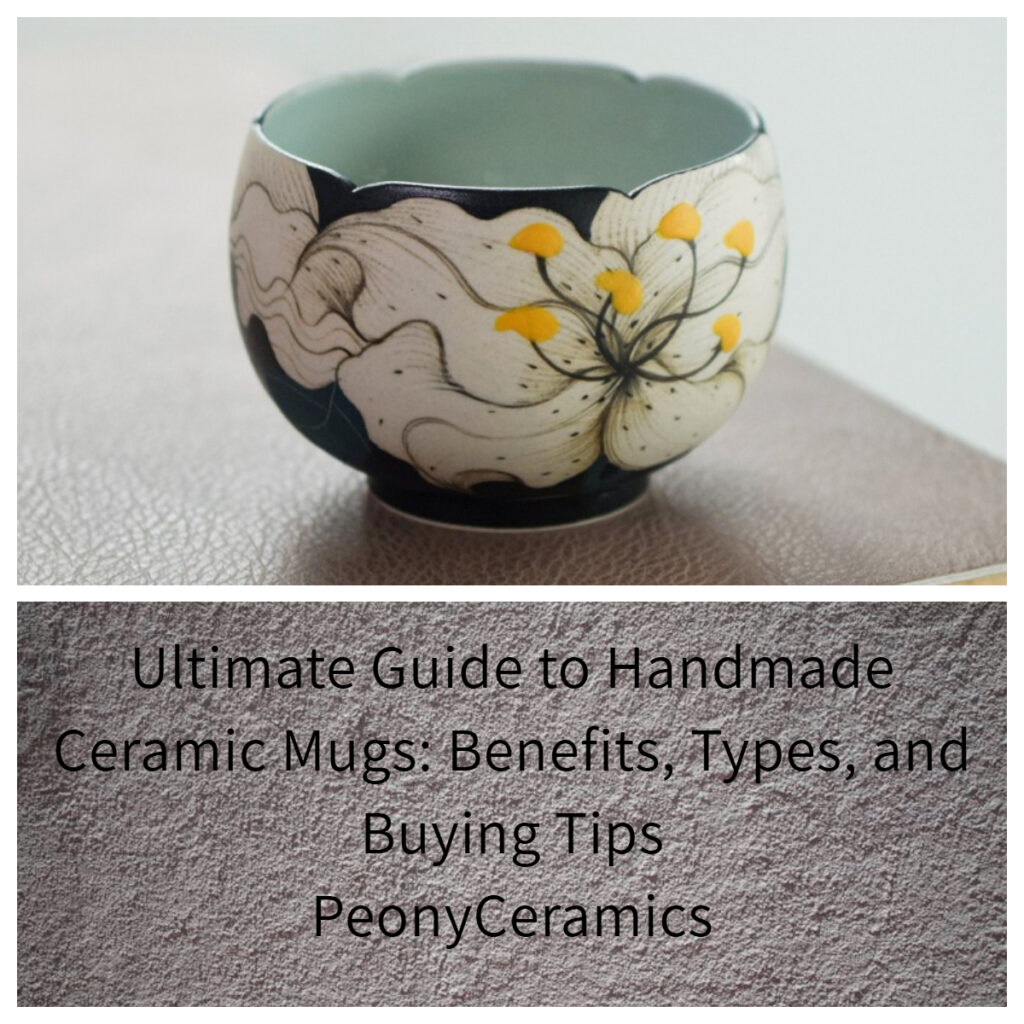
Introduction
Ceramic mugs, as everyday household items, captivate countless people with their unique charm. They are not only practical, meeting our daily drinking needs, but also embody artistic beauty. In our complex modern society, ceramic mugs have become a symbol of taste and beauty with their simple, elegant appearance and distinctive handmade craftsmanship.
As essential containers in daily life, handmade ceramic mugs have stood out through centuries of refinement, firmly securing their place as a staple. Unlike metal mugs, ceramic coffee mugs do not carry a metallic taste, nor do they leak like wooden mugs. Whether you’re leisurely sipping tea, taking a short break from work, or enjoying a cup of jasmine tea, ceramic mugs provide a delightful experience. In the following sections, we will share comprehensive knowledge about handmade, hand-painted ceramic mugs from various perspectives. Let’s explore the charm of these mugs together!
What Are Handmade Hand-Painted Ceramic Mugs?
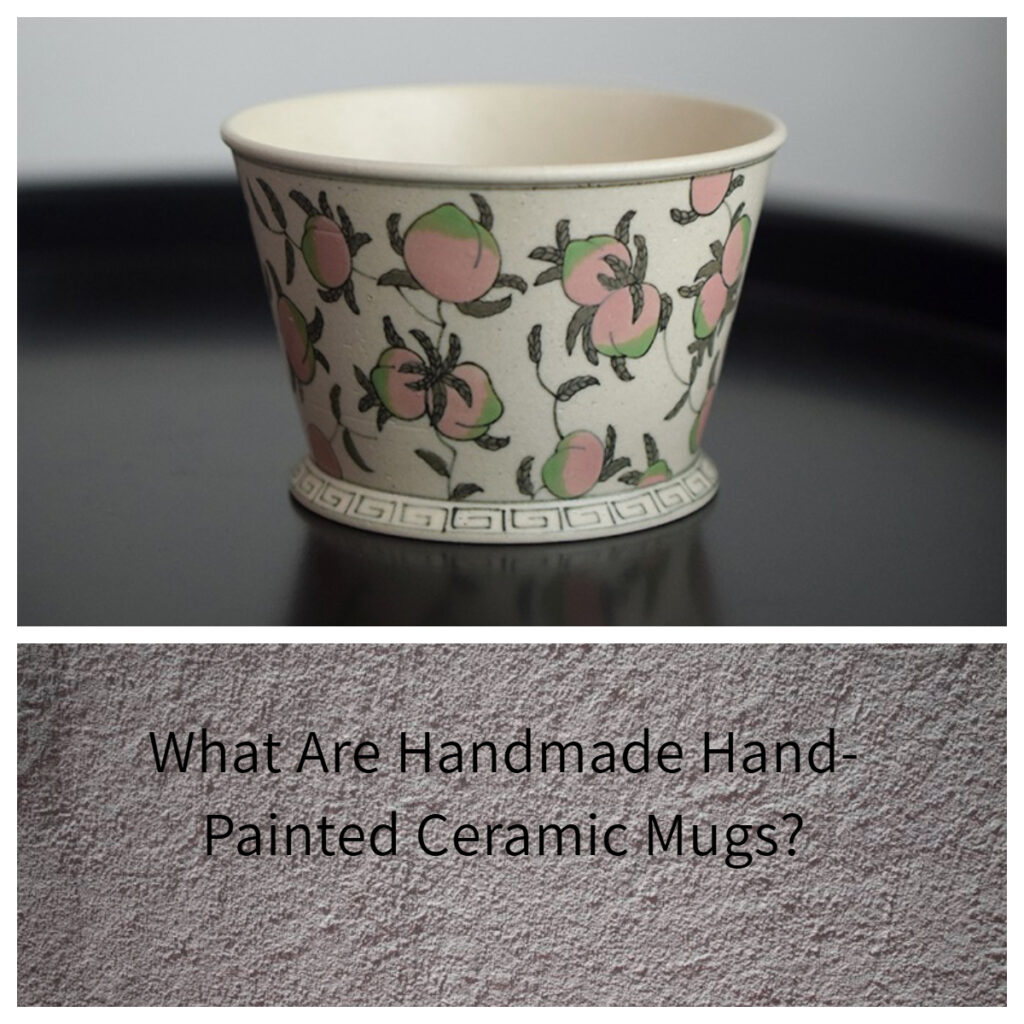
Handmade, hand-painted ceramic mugs are drinking vessels made from kaolin clay through multiple firing processes. They are a type of pottery, which includes various other items such as hand-painted mug and saucer sets, ceramic bottles, basins, decorative ceramic flowers, and figurines of auspicious animals. Traditional hand-painted designs often feature auspicious themes, with intricate patterns painted on the mug’s surface. The finished product not only serves practical purposes but also allows users to appreciate the artistic and symbolic designs, fulfilling both functional and aesthetic needs while enriching one’s spirit.
Handmade ceramic mugs come in the following varieties:
- Hand-Painted Ceramic Mugs
Each mug is uniquely hand-painted, with visible brushstrokes and variations in color depth, giving it high artistic value. Common themes include flowers, cartoons, calligraphy, landscapes, and auspicious animals. High-temperature underglaze techniques ensure the colors never fade. Traditional Jingdezhen craftsmanship involves 72 steps, including throwing, glazing, painting, and kiln-firing, with a success rate of only 50%. - Modern Decal Ceramic Mugs
Patterns are printed on decals and fired onto the mugs, resulting in uniform but rigid designs at a low cost. Modern techniques can mimic hand-painted effects, but close inspection reveals the dot-matrix printing, lacking aesthetic appeal. - Modern Printed Ceramic Mugs
Patterns are pressed onto the mugs using molds for mass production. These mugs feature a three-dimensional effect, simulating carvings, but lack flexibility. They often replicate classic blue-and-white or other traditional motifs.
Advantages of Ceramic Mugs
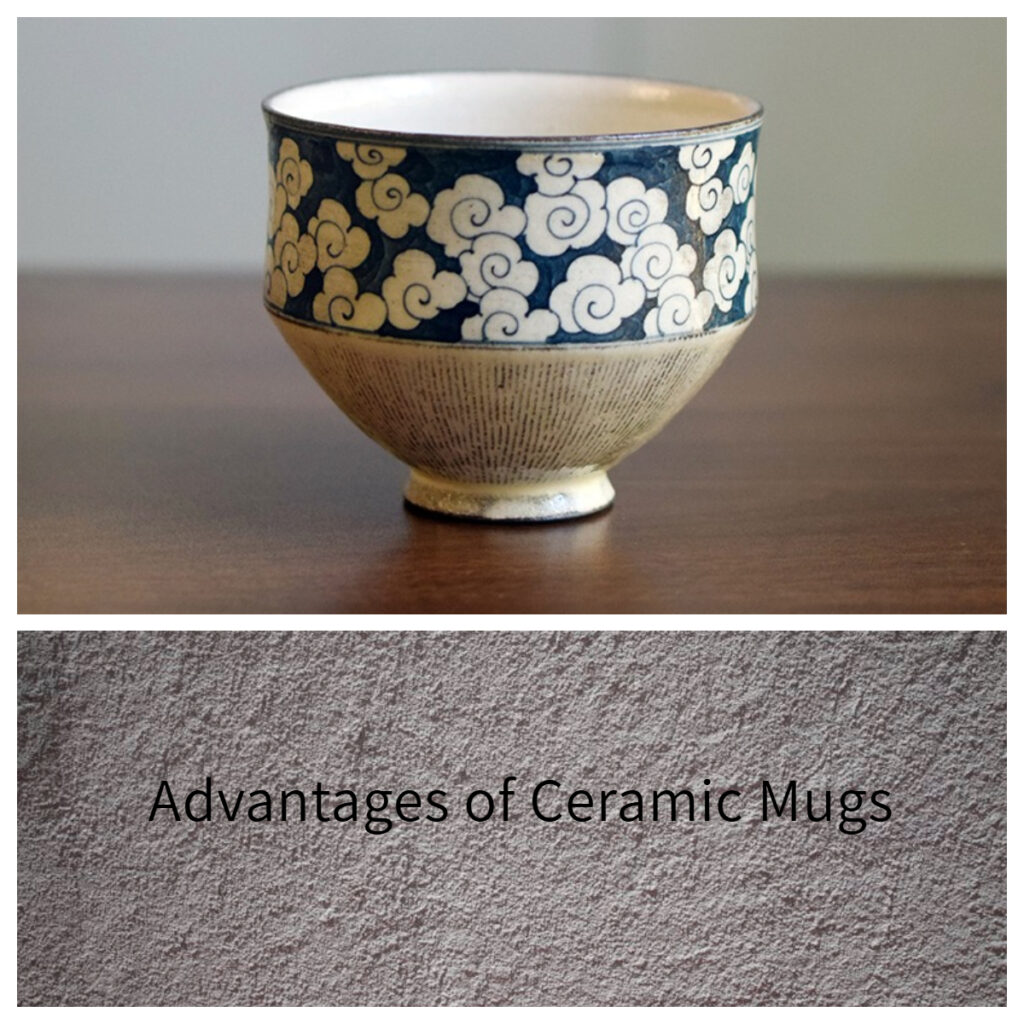
Eco-Friendly and Resource-Conserving
Made from porcelain stone and clay, ceramic mugs do not deplete natural resources or pollute the environment, making them a green choice.
Safe and Healthy
High-quality ceramic mugs are made from fine clay and fired at high temperatures, containing no organic chemicals. They are completely safe and healthy, and truly handmade ceramic mugs are exempt from inspections.
Corrosion-Resistant
Ceramics are chemically stable, resistant to acids, alkalis, and salts, making them ideal for coffee mugs and teacups.
Resistant to Staining
The high-temperature firing process creates a dense, smooth surface that is easy to clean and does not harbor bacteria.
Easy to Clean
Rinsing with water is usually sufficient. For tea stains, fine sand and water, toothpaste, salt, or orange peels can be used for effective cleaning.
Beautiful and Unique
With exquisite designs and delicate craftsmanship, ceramic mugs showcase cultural themes with auspicious meanings, reflecting unique artistic and humanistic charm.
Reasons to Use Ceramic Mugs
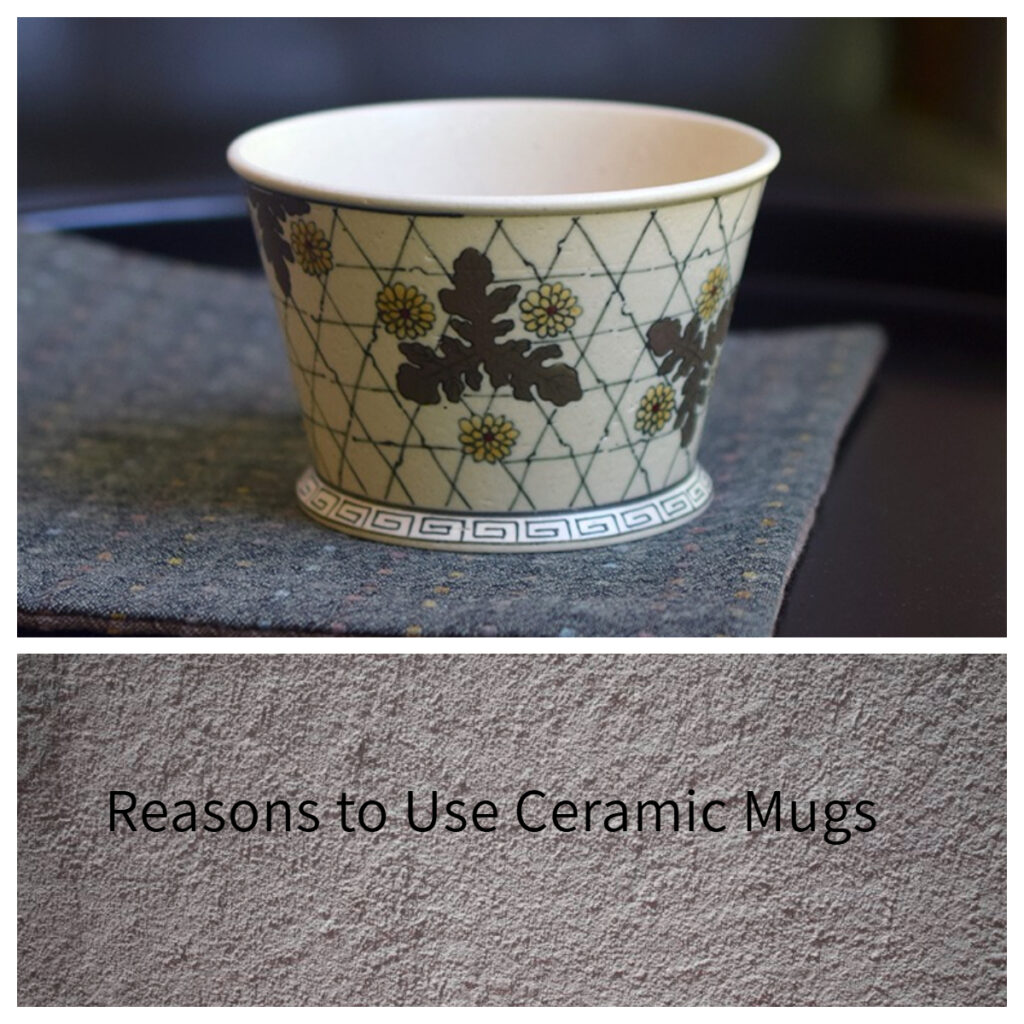
Artistic Appearance: Ceramic mugs stand out with their unique shapes and intricate patterns, ranging from traditional blue-and-white porcelain to modern creative designs. Their finely crafted details showcase the maker’s skill and creativity. Special techniques like underglaze painting, carving, and gold or silver inlay make the mugs shine like priceless artworks.
Millennia of Cultural Heritage: As traditional handicrafts, ceramic mugs carry profound cultural significance. In China, their unique craftsmanship and historical legacy make them beloved items representing national aesthetics. From Han Dynasty celadon to Yuan, Ming, and Qing Dynasty famille rose porcelain, and modern innovations, ceramic mugs have evolved while preserving the essence of Chinese culture. They are not just objects but symbols of heritage, deeply connected to our lives.
Perfect Blend of Taste and Lifestyle: In the pursuit of taste and quality living, ceramic mugs have become indispensable. They enhance the color and flavor of beverages, satisfying our desire for refinement. Their excellent heat retention allows us to enjoy warm tea or coffee longer, perfectly combining practicality and beauty to add elegance and comfort to our lives.
With their unique artistry and functionality, ceramic mugs hold an important place in contemporary society. Their exquisite craftsmanship and distinctive aesthetic appeal have won countless admirers, making them an essential part of the pursuit of taste and beauty. Whether for drinking or admiring their beauty, ceramic mugs bring endless joy. Let’s cherish and care for each handmade ceramic mug, embracing its unique charm and wonderful artistic world.
Ten Reasons to Use Handmade Ceramic Mugs
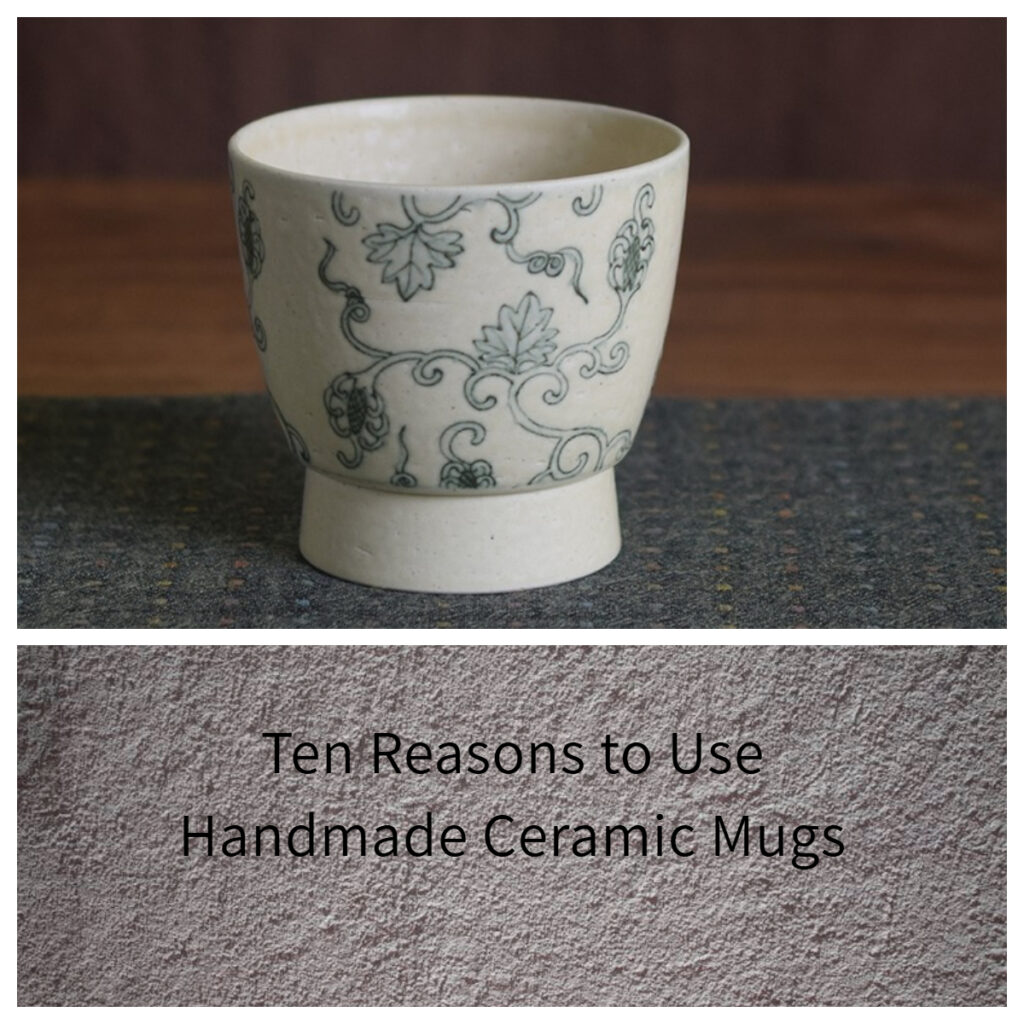
Handmade ceramic mugs possess a unique charm that mass-produced mugs lack. Here are ten compelling reasons to choose handmade over factory-made mugs.
Safe Materials, Pure Coffee or Tea Flavor:No Chemical Leaching: High-fired ceramics (especially unglazed or naturally glazed) are chemically stable, unlike plastic or metal mugs that release harmful substances (e.g., BPA, heavy metals), preserving the original taste of tea.
Non-Absorbent of Odors: The ceramic surface is dense, making it resistant to tea stains and the absorption of other odors. It won’t retain any flavors, even with long-term use.
Enhanced Tea Flavor Temperature Stability: Ceramics provide moderate heat retention (especially thick-walled mugs), unlike glass, which cools too quickly, making them ideal for teas like oolong that require slight cooling.
Slight Breathability: Special clays like purple clay have micro-pores that subtly absorb tea aromas, smoothing the flavor, especially for pu-erh or aged white tea.
Cultural Symbolism and Ritual Tea Ceremony Essential: Chinese Gongfu tea and Japanese matcha ceremonies center on ceramic teaware, with designs (e.g., lidded bowls, tasting cups) tailored to enhance the ritual.
Artistic Value: Famous ceramics like blue-and-white, Ru ware, and Jian zhan are both practical and collectible, reflecting personal aesthetics on the tea table.
Practical Advantages Easy Cleaning: The smooth surface resists tea stains, making maintenance simpler than with porous clay teapots.
Versatility: White porcelain mugs suit all tea types, accurately showcasing the tea’s color (e.g., the golden ring of black tea, the clarity of green tea).
Health and Eco-Friendliness Antibacterial: High-fired ceramics resist microbial growth, offering better hygiene than porous pottery.
Sustainability: Reusable and long-lasting, reducing waste from disposable cups.
How to Choose a Handmade Ceramic Mug?
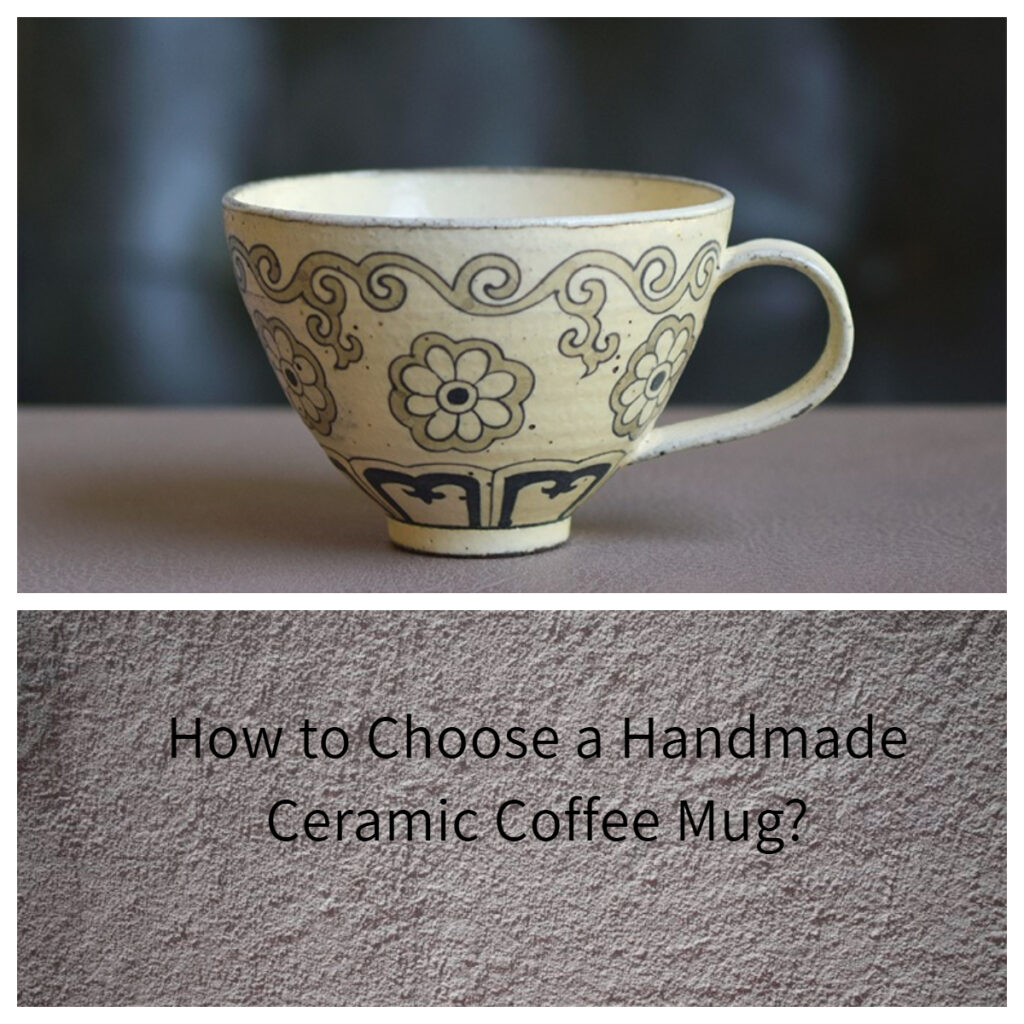
Visual Quality:
High-quality ceramic mugs should be flawless, with no obvious defects, spots, or cracks. The body should be smooth and even, with uniform, clear patterns and colors.
Material:
Premium ceramic mugs are made from high-temperature ceramic materials, offering hardness and durability. They resist breaking, wear, and extreme temperature changes.
Sound and Thickness:
Gently tap the mug—a clear, ringing sound indicates quality, while a dull sound suggests inferiority. Good ceramic mugs have even, thick walls for durability.
Glaze Quality:
High-quality glazes are crack-free, bubble-free, and evenly colored, with a smooth surface (except for special hand-pinched designs).
Smell:
Avoid mugs with odd odors, which may indicate low-quality materials or additives.
Taste:
Good ceramic mugs do not alter the flavor of beverages.
Do Ceramic Mugs Really Affect the Taste of Tea or Coffee?

Handmade ceramic mugs are the “invisible flavor enhancers” of coffee.Flavor Guardians: Ceramic’s heat retention keeps coffee warm to the last sip, and its stable material prevents flavor interference. Ideal for pour-over, single-origin, or hot Americano coffee.
Magical Effects: Drinking Geisha coffee in a ceramic mug can make floral notes three times clearer than in a paper cup! The smooth surface preserves acidic aromas, while the thick walls slow cooling, keeping each sip fresh.
Handmade Ceramic Mugs for “Atmosphere”:
Shot Cups (60–100 ml): The soulmate of espresso. The short, stout design delivers intense nutty-chocolate aromas straight to the nose, encouraging slow sips to savor the aftertaste.
Standard Mugs (150–300 ml): The gold standard for pour-over or lattes.
Pour-over Coffee Mug Recommendation: 200ml with a Curved Design The slightly tapered design of the cup allows the coffee to flow along the sides of the tongue, balancing the acidity and bitterness (personally tested, it tastes better than a straight-sided cup!).
Lattes: 250 ml wide-rimmed mugs allow foam observation and better milk-coffee integration, avoiding separation.
Oversized Mugs (400+ ml): For “gulp-worthy” drinks. Note: For black coffee, avoid exceeding 350 ml, as the large surface area cools it too quickly, sharpening acidity. Milk-based drinks are fine, as milk buffers temperature effects.
Mug Shape and Rim Size Shape “First Impressions”:
Wide-Rimmed (Diameter >8 cm): For aroma lovers! Wide openings direct steam-borne aromas to the nose before the first sip—e.g., a wide ceramic mug enhances vanilla-cream notes in flat whites by 50%. Perfect for those who savor scent before taste.
Narrow-Rimmed (Diameter <6 cm): Softens acidity by directing liquid to the tongue’s center, reducing contact with acid-sensitive edges. Tested with Kenyan AA, berry acidity shifts from “explosive” to “gentle ripples.”
Handled vs. Handleless Mugs: How Feel Affects Flavor?
Handled Mugs: The “cool” handle tricks the brain into perceiving coffee as less hot, enhancing sweetness.
Handleless Mugs: Hand warmth speeds drinking, potentially overshadowing subtle aftertastes (a psychological effect!).
After reading this, are you tempted? Check out our product page and choose a custom handmade ceramic mug to brighten your day!

